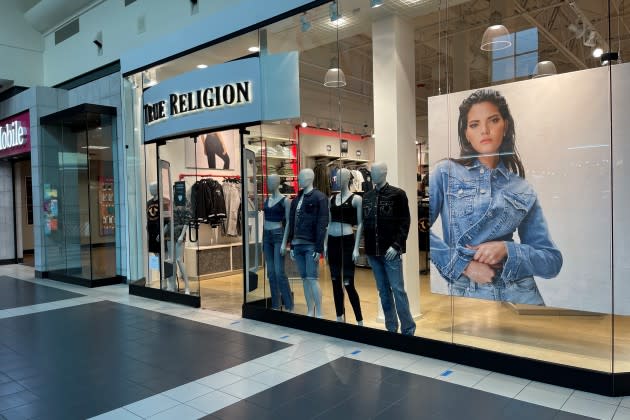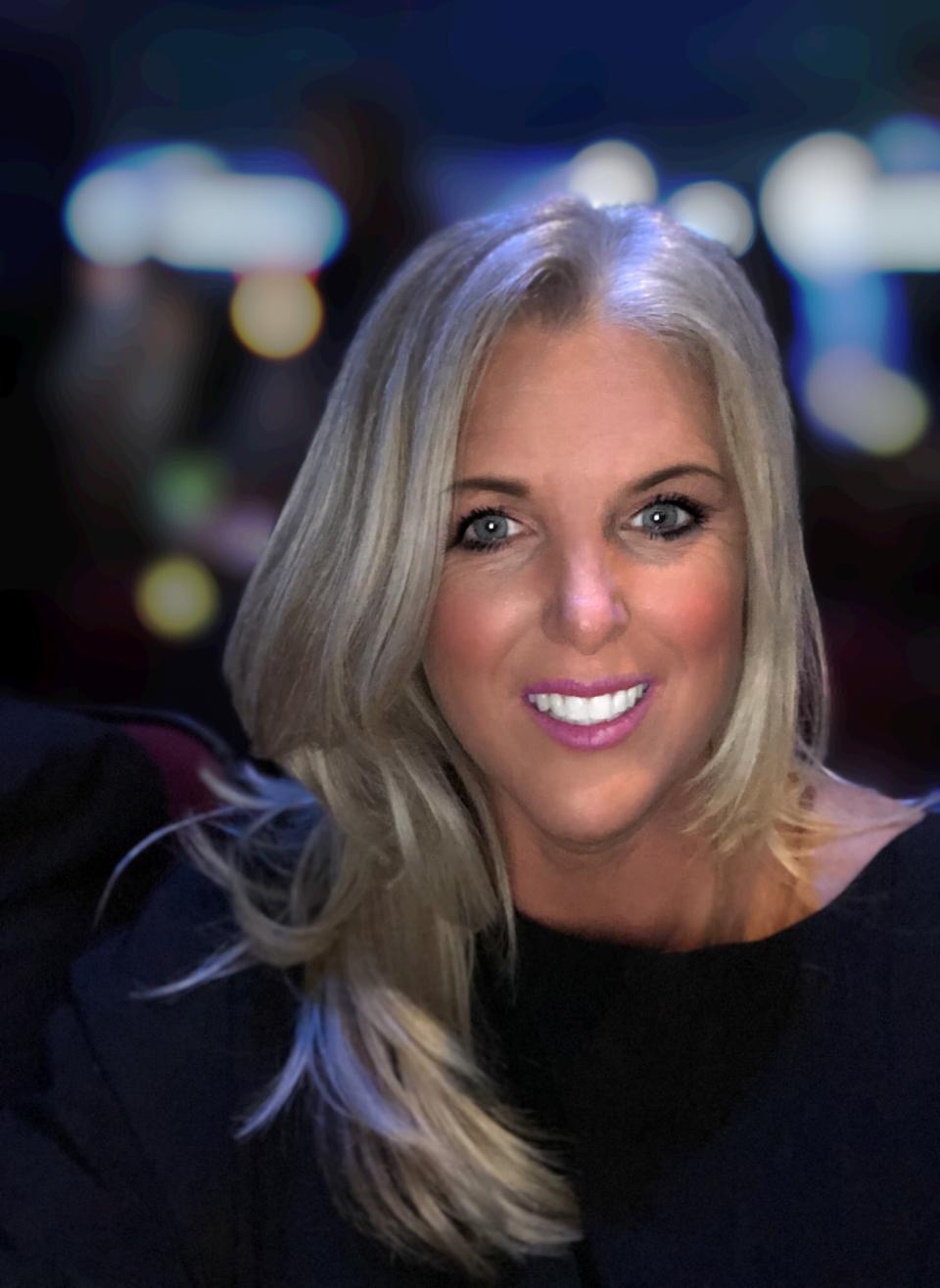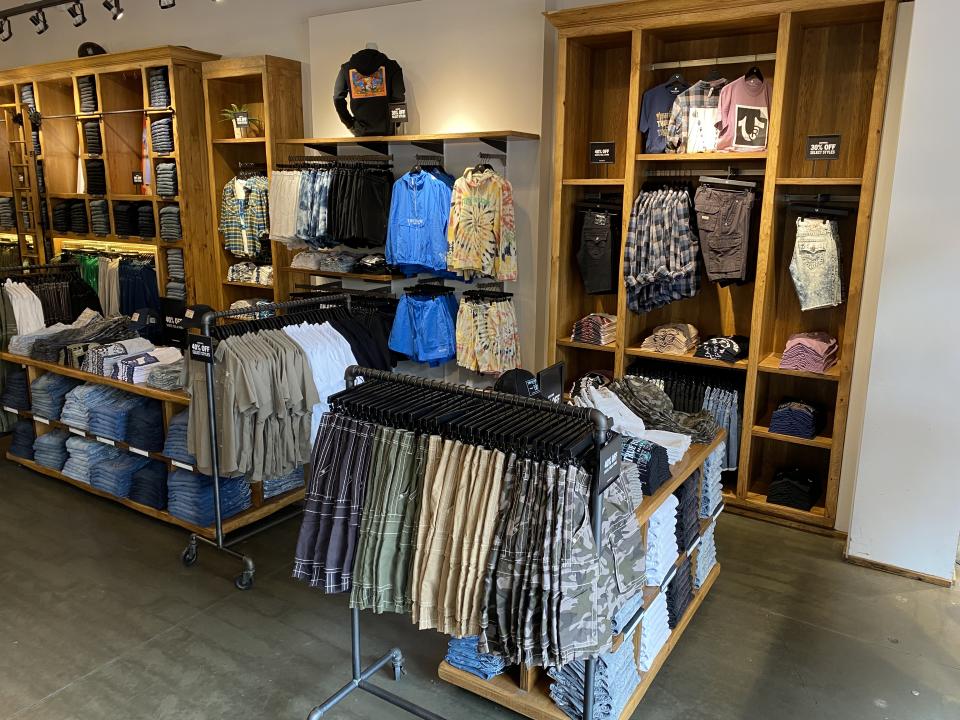Holding the Reins on Retail Store Growth

As True Religion invests first in building its e-commerce business and secondly, the wholesale distribution, there’s still room in the budget for brick-and-mortar.
“We are not going to roll out stores like we used to. It’s a different world today,” said Michael Buckley, True Religion’s chief executive officer, when asked about the future for the brand’s store fleet.
More from WWD
“We think that for the demographic of our customer today, we know exactly what’s the right footprint. If we could find the right location, the right demographic, the right economic deal, the right store size with the right adjacencies, we would roll out more stores. It wouldn’t be dozens per year, but it could be five or 10 stores a year.
“Some of our stores are in places you wouldn’t expect, but we happen to have our demographic there and we are very selectively looking for other locations where we absolutely feel we have the right demographic,” Buckley added.
Also factoring into decisions on opening new stores is what’s in the vicinity. What brands and what types of stores are adjacent to or nearby a site under consideration is a crucial factor in deciding to take the site.
“Is there a Guess there? Is there a Levi’s there? Is there a Nike there? How are they performing there? If we get the right economic deals with landlords, which I think is a little more in our favor now than it was a few years ago, I think we will continue to roll out stores,” said Buckley. “But the real growth is going to come from number one, e-commerce, and number two, wholesale. And number three would be from stores. It’s about getting growth out of all of them.”
At one time, True Religion operated over 130 doors. Yet three years ago a dramatic streamlining began that was hastened during the pandemic.

“Brick-and-mortar is important to all retailers, but at the end of the day, consumers pick and choose how they want to interact with brands,” Paige Havens, vice president of retail for True Religion, told WWD. “Our brand is no different. Consumers could start online, and end up shopping in the store. Or some want to start by touching and feeling the product. There is a new generation that likes that experiential component and wants to become part of the community and the brand.”
True Religion, said Havens, is “definitely diversifying its distribution model. Today we have just under 50 stores. There’s been a tightening of the store fleet. Like most retailers, we’ve looked at how and where our stores are positioned, and have been making sure the stores are profitable, in the right locations, where customers are shopping and where they live.”
Brick-and-mortar, she said, accounts for about 30 percent of True Religion’s overall volume.
“We will selectively look at store openings over the next three or four years. Any new locations must be where our customers live, where the economics make sense, and the stores need to be the right size,” Havens said, reiterating her CEO’s message. True Religion stores average around 2,300 square feet. “That is the right size for our consumer today,” said Havens.
“The customer journey is evolving. You need to stay nimble and also align with other channels,” said Havens.
Asked what distinguishes the True Religion stores, she said, “There is the Buddha, the True Religion logo, but it’s really about the product today. True Religion is a great place to find denim, T-shirts and hoodies.”
The stores, she said, are “actually doing really well. The customers are emerging and changing their preferences for how they like to shop. We have a really loyal customer.” She said the stores perform well in regional malls and outlet centers.
There will always be a place for stores, Havens suggested. “We are social creatures. We love to interact with people. Nothing beats a friendly face in the store and being able to touch and feel the product,” though adding the right technologies to further the experience is critical, she stressed.
Like Buckley, Havens has had two stints at the company, for four years starting in 2006 and a return to the business two and a half years ago.
“When I joined True Religion it was in its infancy. But you know brands are living entities. There are different chapters in their lives. Now it’s like True Religion is coming back. The most exciting thing is that the customer face has changed. We have an incredibly diverse clientele. We are reaching more households. We are talking to multiple generations — a much broader audience. We are at the price point today where a lot more people can afford the brand, though they still see us as a premium brand.
“When I am in stores, I could be working with customers, and it might be a father who has shopped True Religion before and now his son is experiencing the brand for the first time,” said Havens. “Today with retail, it’s just really important to listen internally to your team and externally to customers, to make sure the brand is resonating.”


